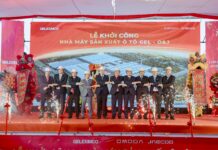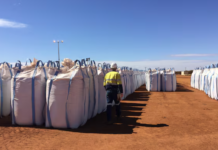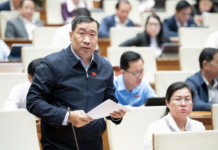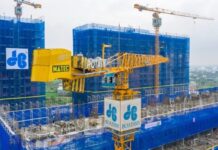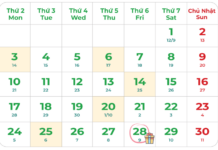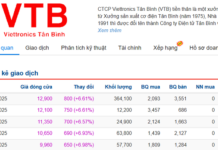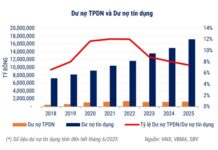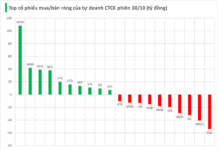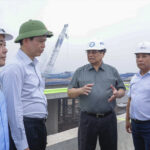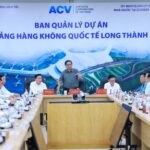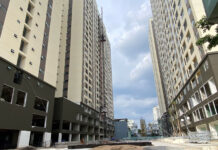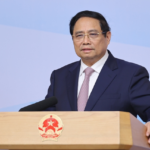District-level authorities to be assigned to lease interspersed public land
The Ho Chi Minh City Department of Natural Resources and Environment is seeking feedback on a draft regulation regarding the inspection, public disclosure, and establishment of a list of narrow, interspersed land plots managed by the state, as well as the allocation and leasing of these land plots.
Previously, the inspection, listing, allocation, and leasing of small, interspersed public land plots in Ho Chi Minh City were carried out according to Decision No. 37, issued on September 5, 2023.
However, based on the 2024 Land Law and related decrees, the criteria for identifying and allocating these small, interspersed public land plots in Decision No. 23 are no longer applicable. The previous regulation had 15 articles, but the draft has been condensed to 11 articles.
In addition to the criteria for identifying public land and plots that are small and interspersed, the draft under consultation also outlines the principles for allocating and leasing these land plots.
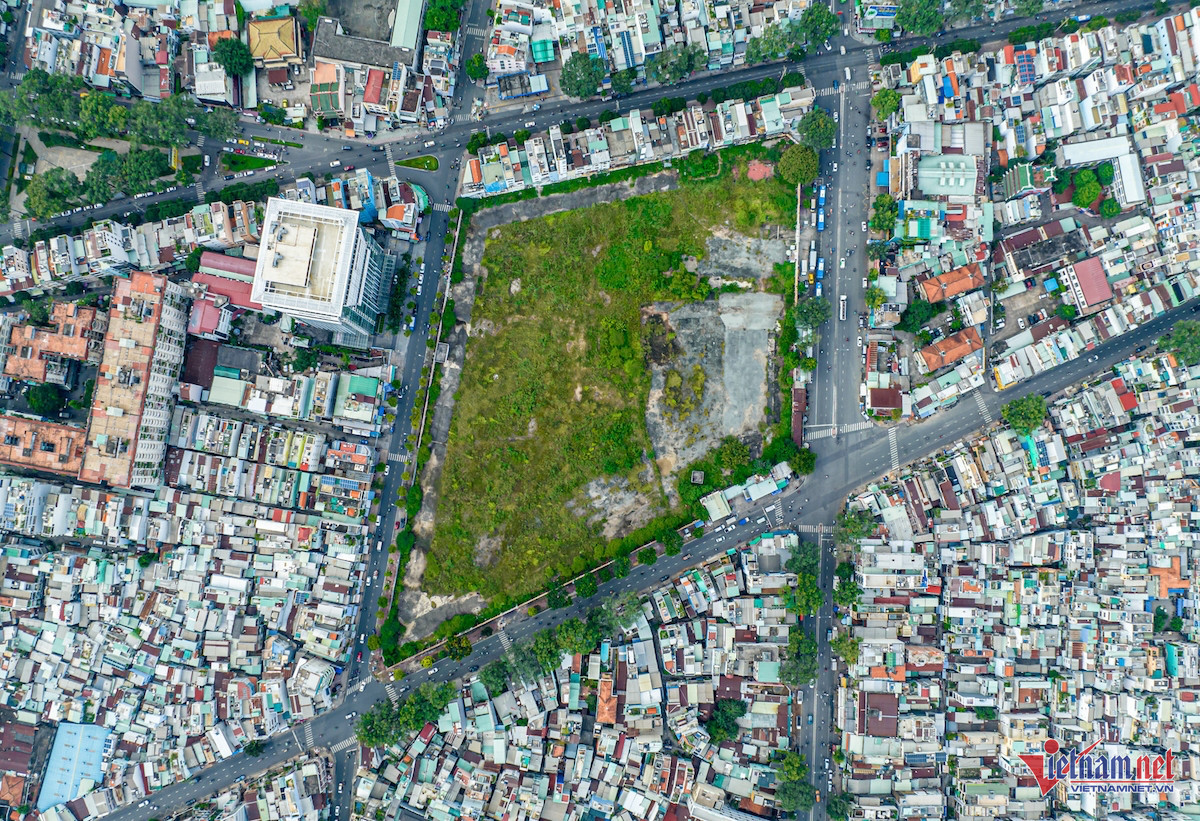 Public land in District 5, Ho Chi Minh City. Photo: Chi Hung |
As per the proposed procedure, in the second quarter of each year, the People’s Committee at the commune level will inspect and establish a list of small, interspersed public land plots and subsequently make this list publicly available through a posting process.
Simultaneously, the commune-level People’s Committee must inform adjacent land users in writing to seek their opinions on the proposed usage of the small land plots for public purposes, as well as on allocation or leasing; their feedback will pertain to area, boundaries, and current status, among other relevant factors.
Following the conclusion of the posting period, the commune-level People’s Committee will compile a report and submit it to the district-level People’s Committee. The latter will then instruct relevant units to inspect and review the list to form the basis for approval.
Based on the approved results, and once the annual land use plan is approved and the management and use of the small, interspersed public land plots are publicly posted, the district-level People’s Committee will make decisions accordingly.
Regarding land plots designated for public use, the district-level People’s Committee is responsible for directing relevant units to manage and implement the plans as per regulations.
For land plots that are to be allocated or leased to adjacent users, the district-level People’s Committee has the authority to make decisions if it falls within their jurisdiction. If it is under the jurisdiction of the Ho Chi Minh City People’s Committee, the Department of Natural Resources and Environment will provide guidance.
Hundreds of real estate projects unblocked
Mr. Le Hoang Chau, Chairman of the Ho Chi Minh City Real Estate Association (HoREA), stated that interspersed public land has been a bottleneck for hundreds of commercial housing projects in the city in terms of legal procedures. Public land typically accounts for 10% of the land area in these projects.
According to statistics, from 2015 to 2018, Ho Chi Minh City had 126 real estate projects with mixed land funds. Most of these projects were located in suburban districts and outlying counties, with land originating from agricultural land compensation and specialized land use.
Mr. Chau mentioned that before 2008, Ho Chi Minh City had a regulation to “consolidate” scattered public land plots within commercial housing and real estate projects. In exchange, the city provided 8% (later increased to 15%) of the residential and commercial land in the project, with infrastructure already in place, for state use or auction to generate revenue for the state budget. This practice was halted in 2008.
However, the HoREA Chairman suggested that with the provisions of Article 124 of the 2024 Land Law, there is room for applying similar principles in the current context. He emphasized the need to consider the exchange rate to prevent budget shortfalls and public asset losses.
He proposed that the authorities consider a land exchange rate of 18% for interspersed public land within real estate and commercial housing projects, in terms of residential and commercial land area with infrastructure already in place. Alternatively, the exchange could be made with residential and commercial land areas as per the approved project, and the state would reimburse the infrastructure investment costs incurred by the project investors.
Anh Phuong
A Race Against Time: Long Thanh Airport – A 2025 Vision
On December 3rd, Prime Minister Pham Minh Chinh visited Dong Nai to inspect and expedite the progress of two key infrastructure projects: the Long Thanh International Airport and the Bien Hoa-Vung Tau Expressway. With his keen interest and personal involvement, the Prime Minister emphasized the importance of these projects in boosting the region’s economic development and connectivity.
The Vibrant City of Ho Chi Minh: A Historic Milestone with a Half-Trillion Dong Budget
Despite falling short of the targeted growth rate of 7.5-8%, Ho Chi Minh City’s Secretary of the Municipal Party Committee, Nguyen Van Nen, highlighted that the city’s budget revenue for 2024 surpassed 502 trillion VND, reflecting a notable 7.17% increase.
Streamlining Ho Chi Minh City’s Government: Reducing 8 Departments and 5 Administrative Bodies
As per the announcement by the Ho Chi Minh City Party Committee Organization, the city has successfully streamlined its administrative apparatus by merging and reducing the number of departments. This bold move has resulted in an impressive reduction of 8 departments and 5 administrative bodies, aligning with the central government’s directives.
The Final Countdown: Gas Stations in HCMC Urged to Embrace Digital Transformation for Automated Invoicing
The current manual data entry practices and incomplete invoicing prevalent in the retail fuel industry are non-compliant and leave retailers vulnerable to penalties.

